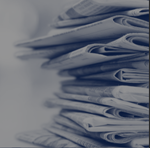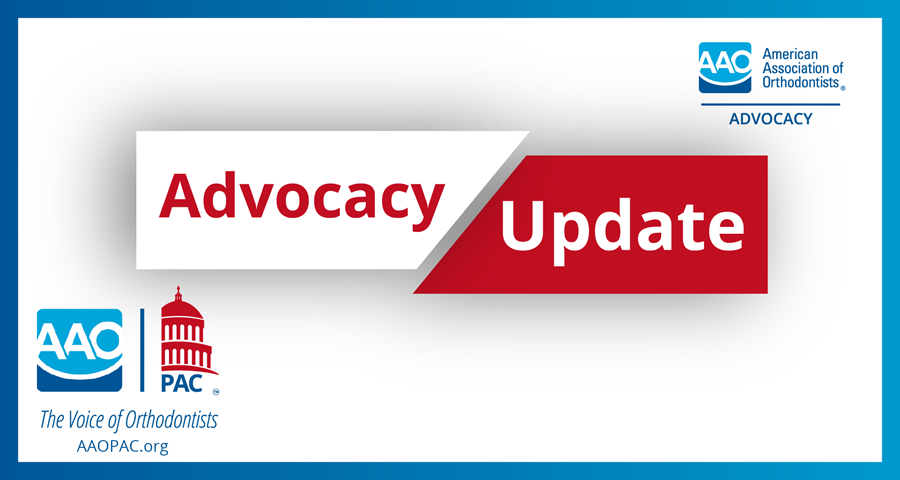Retrospective Study of Proposed Auto-Qualifiers Receives Approval to Proceed
AAO members have struggled to navigate embedded orthodontic benefits within insurance policies offered via the Marketplace/Exchanges under the Affordable Care Act. In response, the AAO has led an effort to develop qualifying criteria to be evaluated, established and standardized throughout the United States.
With the cooperation of the National Association of Dental Plans (NADP), all major dental payers have been represented during meetings led by the AAO Committee on Medically Necessary Orthodontic Care. Also involved in the process have been the Centers from Medicare and Medicaid Services (CMS) and the American Association of Dental Consultants (AADC).
The initiative has continued to advance despite the recent political uncertainties regarding the Affordable Care Act. The AAO maintains the priority of helping members clarify how to get these cases approved to treat.
A primary issue that led to confusion on the issue is that instead of developing and implementing a single definition of “medical necessity” and how to qualify cases to meet the established criteria, the ACA left it up to the respective states to define medical necessity. The dental plan representatives, noting that MNOC cases can likely be adjudicated with appropriate coding and via claims systems programmed to recognize algorithmic logic programming, proposed development of a pilot program to test proposed standardization criteria.
Considering observations from dental payers and criteria from numerous states, the AAO Committee on Medically Necessary Orthodontic Care formulated proposed standard criteria corroborated with scientific evidence that could be used to automatically qualify a case as being medically necessary. *
The AAO’s objective is to qualify approximately 10 percent of all cases treated as medically necessary. Dr. Greg Oppenhuizen has been working with the Angle Society, of which he is a member, to conduct a retrospective study reviewing orthodontic cases in which patients held marketplace policies and whose claims have already been adjudicated by payers.
The retrospective study is now advancing as Dr. Oppenhuizen has received approval from the University of Detroit/Mercy Institutional Review Board (IRB) to proceed. Payers will supply a sampling of claims that have been determined to qualify as being medically necessary. The study will then apply the AAO proposed auto-qualifiers to these claims to determine how effective the qualifiers will be in determining medical necessity.
In addition, Nevada has already decided to adopt the AAO auto-qualifiers as the state standard for determining medically necessary cases for orthodontics.
* Proposed Auto-Qualifiers
- Overjet equal to or greater than 9mm
- Reverse overjet equal to or greater than 3.5mm
- Posterior crossbite with no functional occlusal contact
- Lateral or anterior open bite equal to or greater than 4mm
- Impinging overbite with either palatal trauma or mandibular anterior gingival trauma
- One or more impacted teeth with eruption that is impeded (excluding third molars)
- Defects of cleft lip and palate or other craniofacial anomalies or trauma
- Congenitally missing teeth (extensive hypodontia) of at least one tooth per quadrant
Proposed Diagnostic Records Requirement:
- Panoramic radiograph
- Cephalometric radiograph(s)
- Intraoral and extraoral photographs
And further, the Committee on Medically Necessary Orthodontic Care recommends that
- Orthodontic cases deemed to be medically necessary are considered to represent a greater level of severity and therefore should only be treated by a properly trained and credentialed orthodontist. If a multi-disciplinary approach is needed, other medical/dental specialists would be required.
- Medically necessary orthodontic care (MNOC) cases represent a greater level of severity and therefore should be reimbursed at a higher level more commensurate with medical reimbursement rate percentages.



